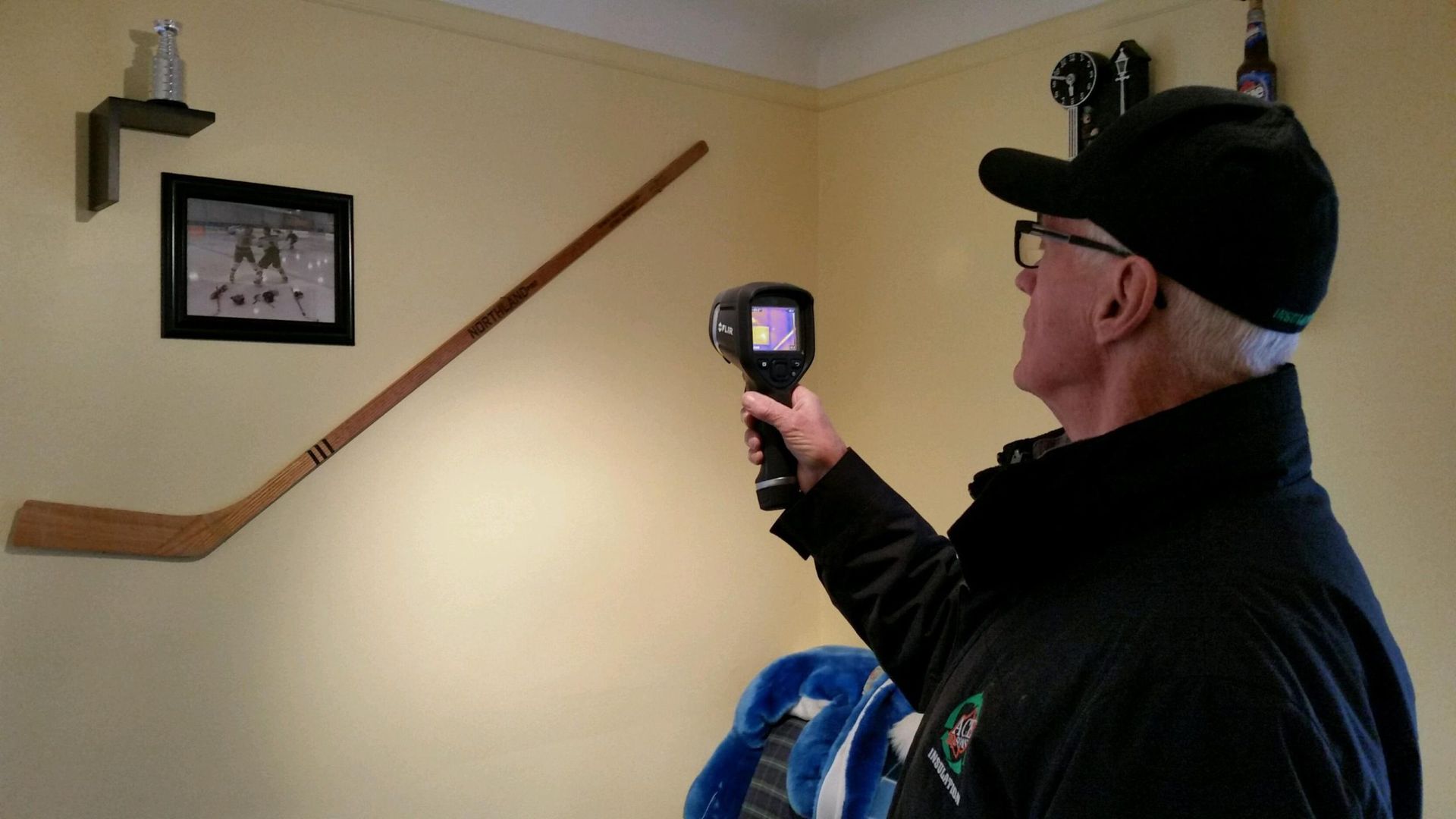Cellulose Insulation
Cellulose insulation is often used in attics, walls, and floors of both new and existing homes to improve energy efficiency and reduce utility costs. Its sustainability and high performance make it a popular choice among eco-conscious homeowners.
Why Cellulose?
1
Densely Packed: Will not shrink like foam. We'll dense back your walls top to bottom with a lifetime guarantee.
2
High R-Value: Cellulose has a good R-value per inch (a measure of insulation's thermal resistance), which helps provide effective thermal and cooling insulation and energy savings.
3
Excellent Air Sealing: Cellulose insulation can fill gaps and voids better than some other insulation materials, reducing air leakage and improving the overall efficiency of a building.
4
Fire & Pest Retardant: Cellulose is treated with non-toxic fire and pest retardants, making it more resistant to fire than other natural materials.
5
Soundproofing: Due to its dense composition, cellulose offers superior soundproofing, making it ideal for reducing noise between rooms or from outside.
6
Eco-Friendly: Made primarily from recycled paper products, cellulose insulation is a sustainable choice, reducing waste and promoting recycling.
What Makes Us the Best

What Other Companies Do





